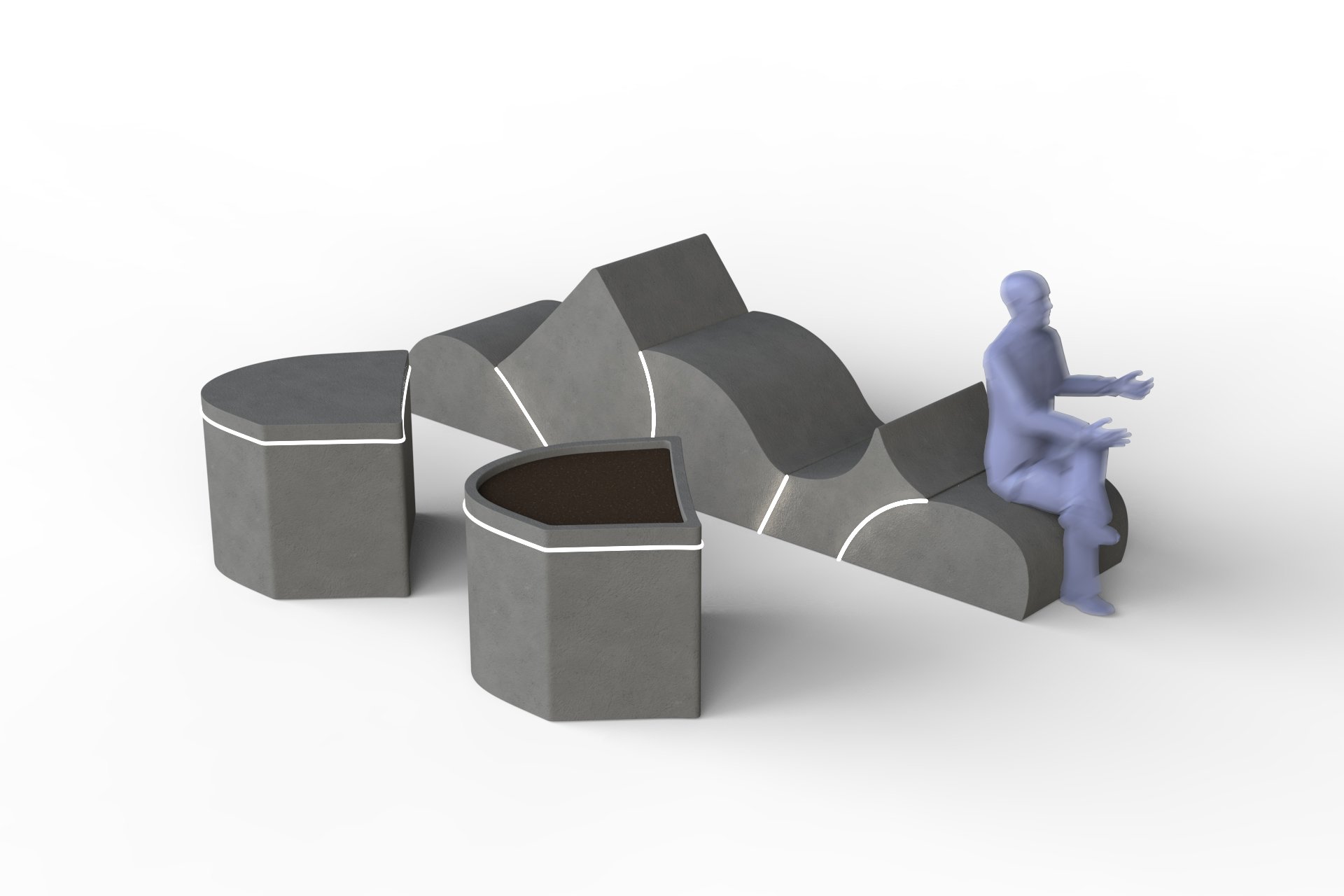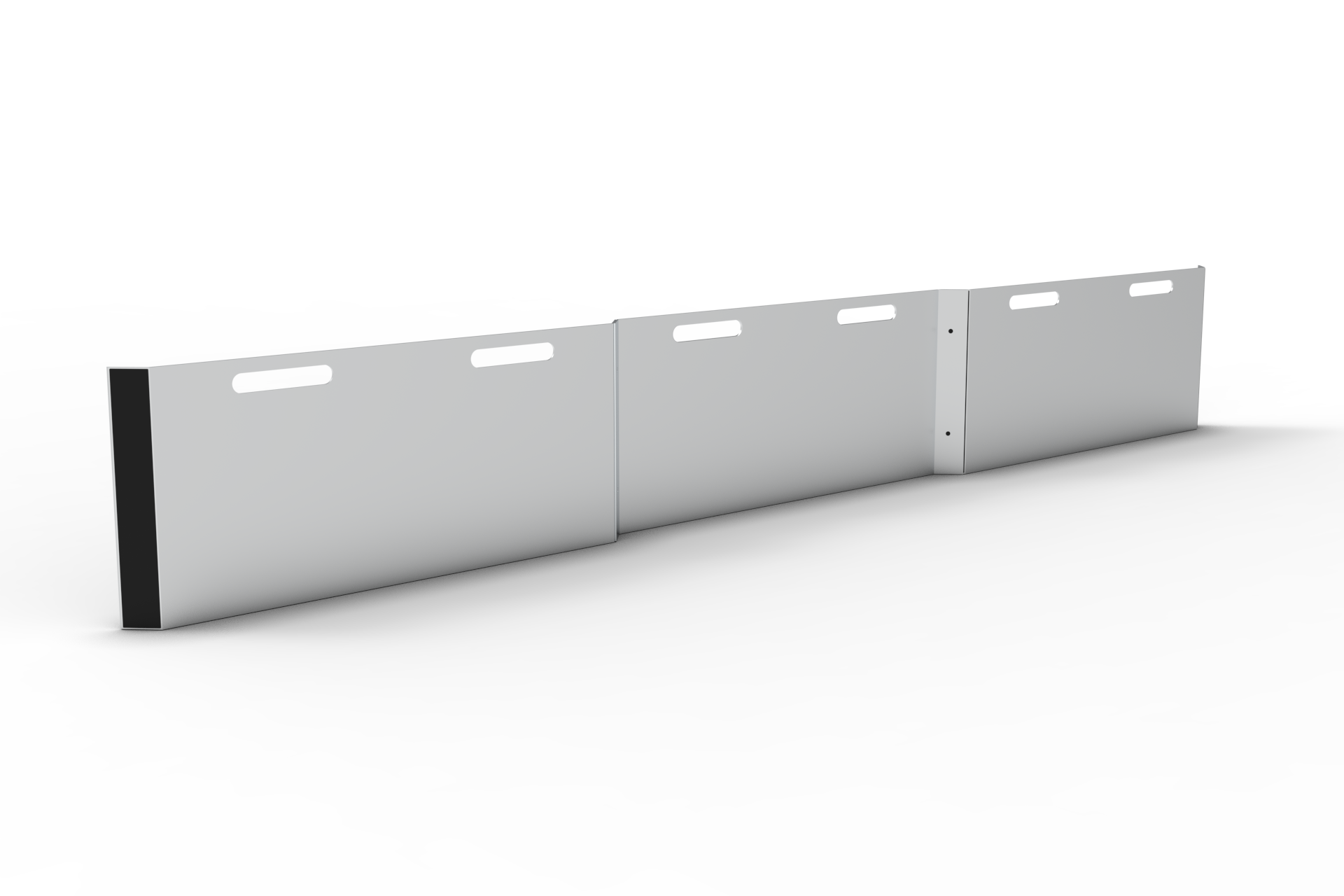Storm Bollard
2023
Climate change is real and is here to stay. With natural disasters continuing to increase in frequency and severity, it is important to decide how we choose to live with them. Storm Bollard sets out to look into the old to create something new and takes influence from the Vikings who were known for embracing weather with valor and bravery. Today we inhabit a world where we are protected from the elements; our daily lives, for the most part, are not impacted by sudden weather changes. But because our lifestyles are detached from weather, seasons, nature, and our resources, we now face the effects of climate change and natural disasters of much greater severity. By analyzing the current market of defensive products, flood projection data, and buildings at risk, research found there was mostly no product available that was multifunctional, nor were there a variety of solutions that weren't off-the-shelf objects, making them feel out of place within their surroundings. This project sets out to implement a system of sculptural modular storm bollards anchored in art, protecting culturally significant buildings before and after an environmental disaster. Storm Bollard features collections for The IAC Building, The Whitney Museum of American Art, and The Solomon R. Guggenheim Museum.
Stormbollard outside of the IAC Buidling.
Process Work



Storm Bollard outside The Whitney Museum of American Art. Each bollard is made out of CarbonQuest concrete which uses mineralised carbon dioxide in their blend, allowing each piece to become a carbon capsule.



Aluminum-lithium alloy floodwall, light enough to be carried by two people and strong enough to withstand the impacts of a flood.





